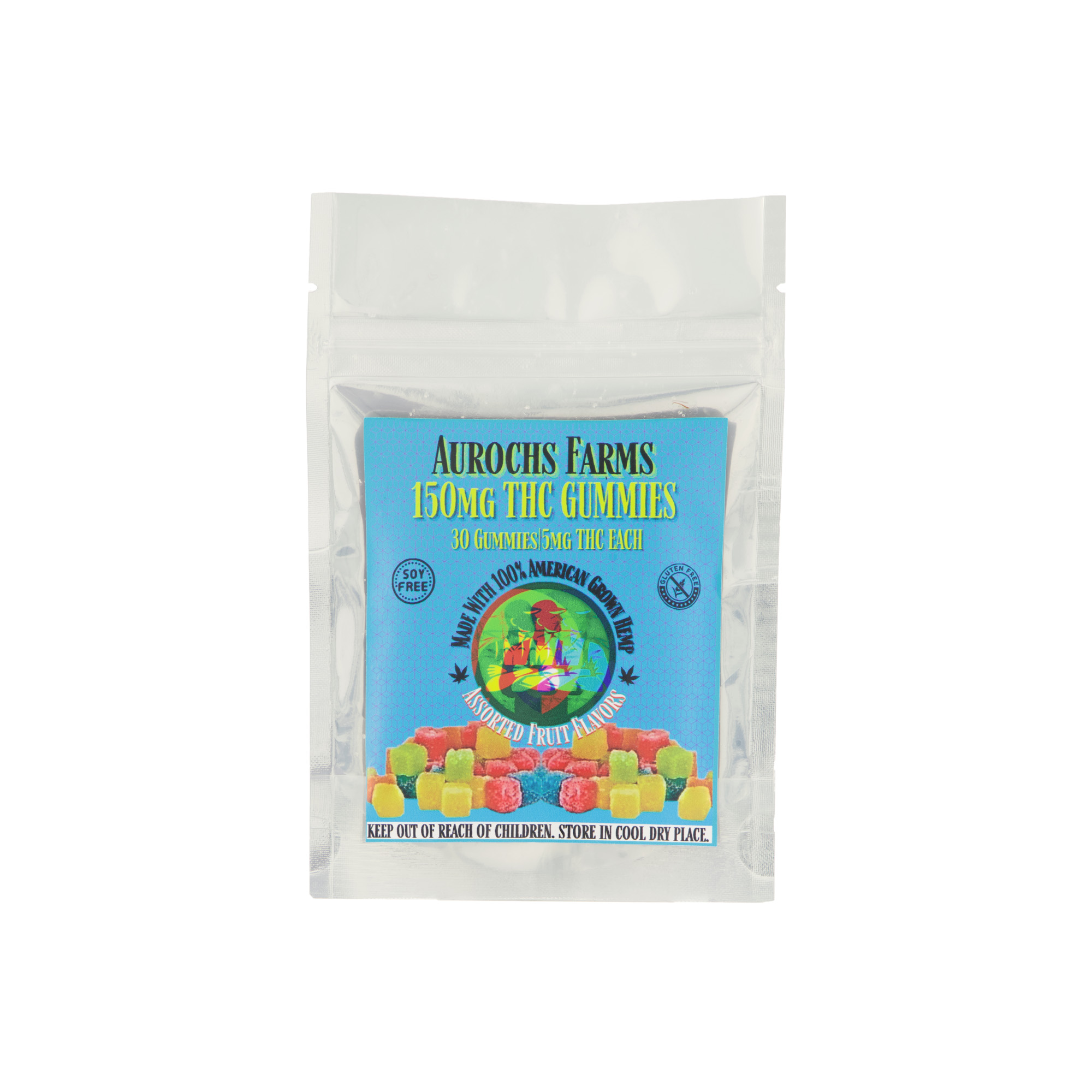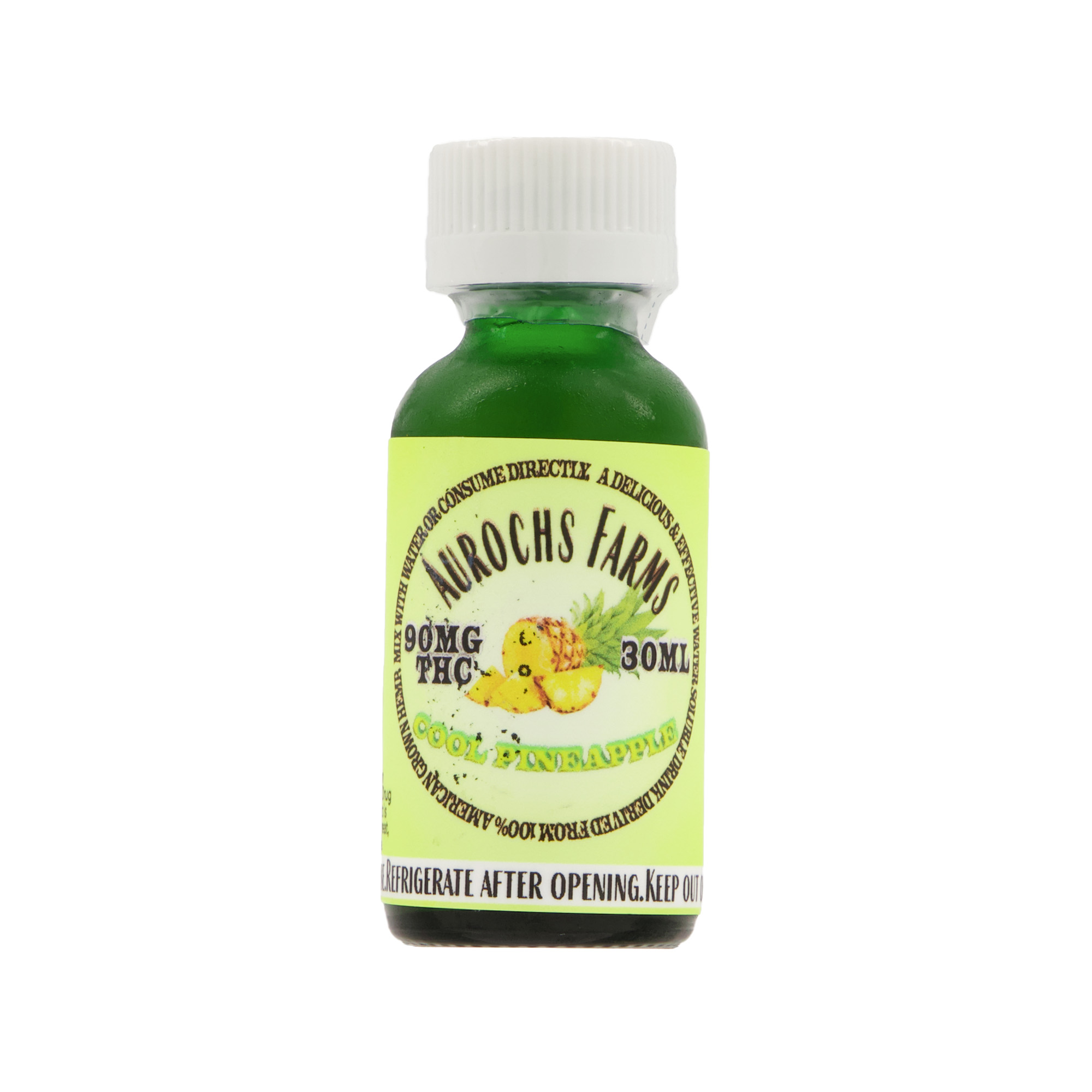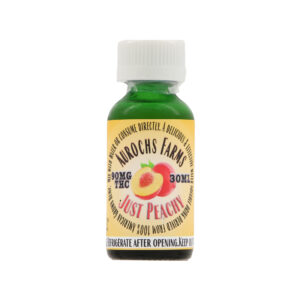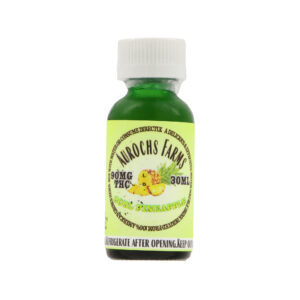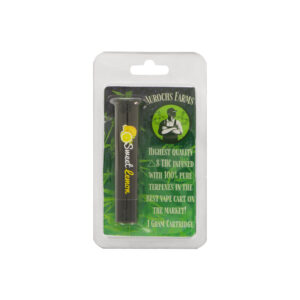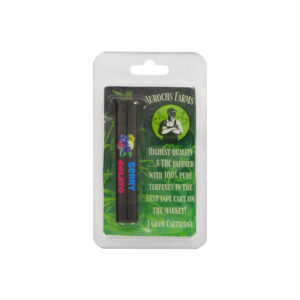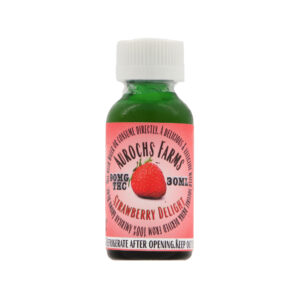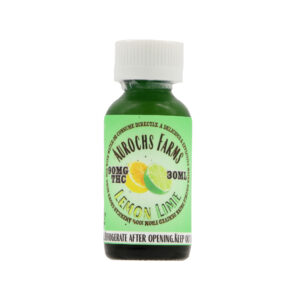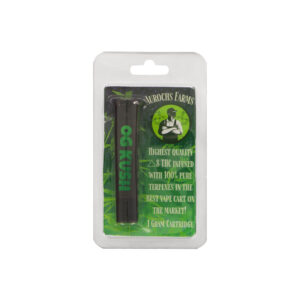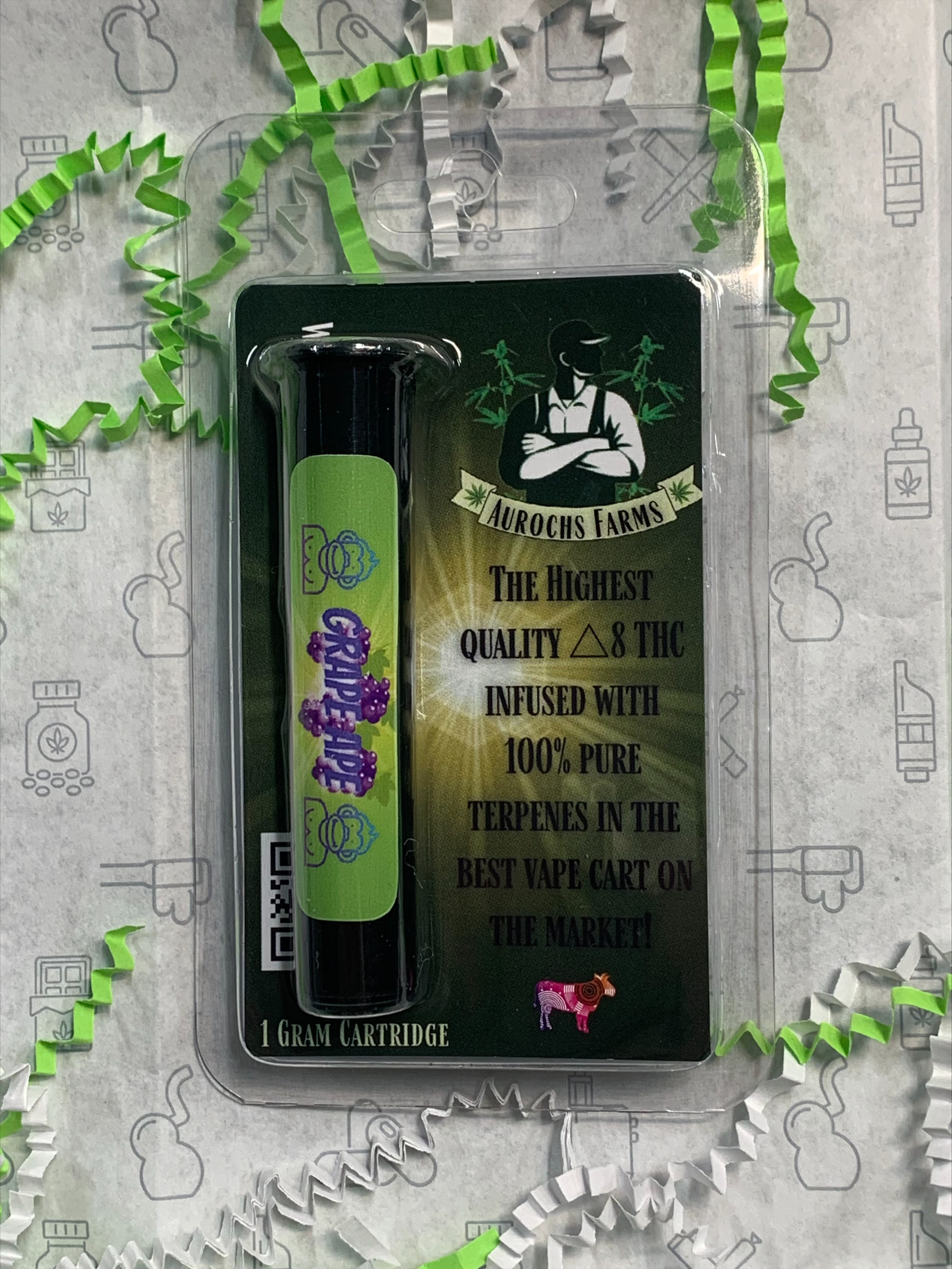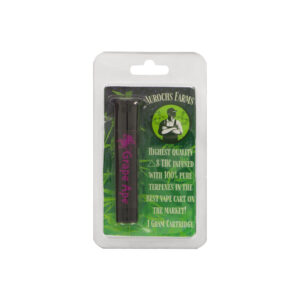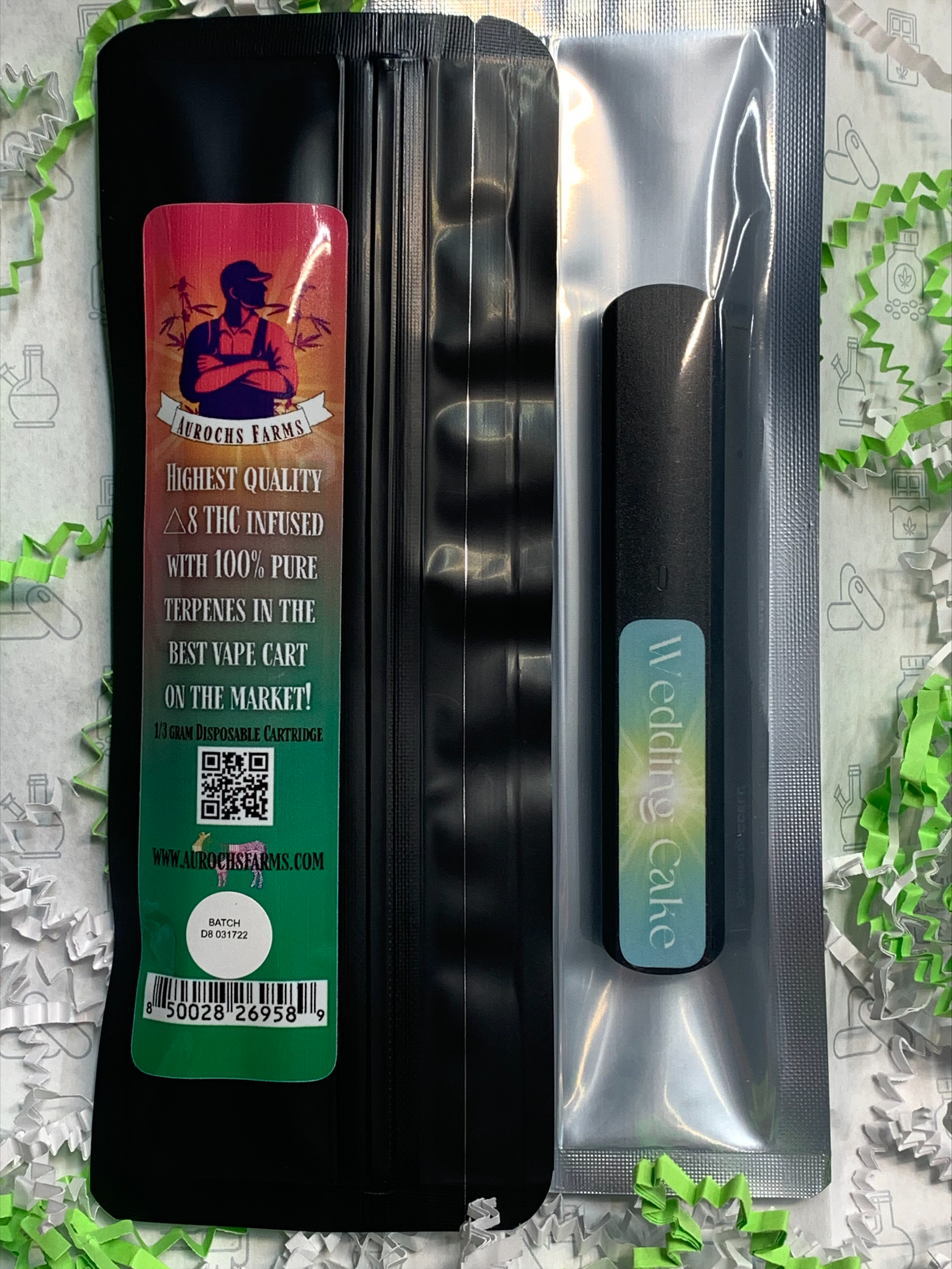I Want Candy; A treatise on why you should buy delta 8 gummies
Are You In The KnΔW?
Two great things never went so well together! Ok, well, there’s that chocolate and peanut butter thing, but even still, the euphoria of hemp-derived delta 8 oil and the deliciousness of gummy candies; two great things combined to make you want to buy Delta 8 gummies.
Everyone loves gummies all of a sudden. They are now used as the delivery system in things as diverse as vitamins to people who buy Delta 8 THC gummies and CBD and it’s no wonder; who doesn’t love these delicious handfuls of sweetness, whether just as a snack, medicinally or recreationally as when you buy Delta 8 THC gummies.
Aurochs Farms Delta 8 gummies are all of that and more. Delta 8 gummies, when eaten convert into delta 11 in the liver, just as delta 9 and delta 10 do; they are all the same when taken orally. Our Delta 8 gummies come in a variety of colors and we even make special Delta 8 gummies for holidays throughout the year so follow us to stay In The Know.
Aurochs Farms Delta 8 gummies are a great grab and go treat, discreet and a convenient way to enjoy Delta 8 gummies throughout the day. You better get used to it; you’re going to have to share our Delta 8 gummies with your friends as they are that good! What could be better anyways? You, friends and family and your Aurochs Farms Delta 8 Gummies, sure to make you the most popular Delta 8 gummies person in the vicinity!
At Aurochs Farms, we take great pains to make the perfect mixture of Delta 8 THC gummies out of our highly pure and potent proprietary Delta 8 oil. Making Delta 8 THC gummies has become a real art, but there is now history on the side of Delta 8 THC gummies; all one need do is look to the history books to see how the gummy craze began and brought us here to Aurochs Farms Delta 8 THC gummies.
Aurochs Farms Pure Delta 8 THC gummies, like all of our products, are created from the finest hemp bio-mass; only 15% meets Farmer Aurochs standards. So remember, there are no Delta 8 THC gummies like Farmer Aurochs Delta 8 THC gummies; they’re just, well, the best of the Delta 8 THC Gummies you’ll be able to find. Flavor, feeling, ahhhhhh….. Aurochs Farms Delta 8 THC gummies.
Let’s dig in and take a little closer look. No need to rewrite history on hemp or Delta 8 THC gummies; that’s why you’re hear. But how did this transition from candy to, well, everything transpire? It’s a once in a generation story really, when you stop to think about it.
Here is an excerpt from one of our favorite articles;
From Mashed.com 5/5/2020, here is the Untold Truth Of Gummy Bears
“There are the people who love to munch on chocolate bars, from Butterfingers to Snickers, indulging in the perfect combination of sweet and salty. And then there are the candy lovers who are obsessed with anything chewy, gooey, and gummy. Gummy candies only seem to be rising in popularity, and really, there’s a gummy candy in pretty much every shape out there at this point.
But despite the introduction of gummy candies like frogs, butterflies, and even mini soda bottles, gummy bears will forever be one of the most iconic gummy candies we turn to.
But what’s the story behind these little gummy bears? How did they get their start, and what’s in them that makes them so perfectly chewy? They’re a ridiculously satisfying sweet when you’re trying to curb a craving, but as it turns out, there’s a lot more to their story than meets the eye. We decided to grab a handful and dig a little deeper. This is the untold truth of gummy bears.
Gummy bears were born in Germany
The first company to make gummy bears, Haribo, has been around for 100 years, and it got its start in Germany. Hans Riegel, the founder of Haribo, was only 27 when he became a trained confectioner and started his company. He had been working for German candy company, Kleutgen & Meier, before deciding to go out on his own in 1920.
To get started, Riegel bought a house in Kessenich, Germany, and with a sack of sugar and a brick oven, he moved in and created his first factory in his backyard. Riegel began producing hard candies until he decided to try a few experiments with gelatin. It took two years, but Riegel invented his first bear-shaped candy made of gummy in 1922. To get his product to the people of Germany, Riegel delivered his bears via bicycle with the help of his wife and only employee, Gertrud, until sales really began to surge and a company car was purchased 1923.
They weren’t always called gummy bears
If you ask anybody what those cute little colored bears made of gelatin are called, they’ll tell you they’re called gummy bears. But it certainly wasn’t always that way. From the very beginning when gummy bears surfaced in 1922, they were called Dancing Bears. Riegel created a bear-shaped gummy candy from the get-go, but he took inspiration from a popular German tradition at the time to make them relevant. The European practice of performing or dancing bears involved training bears to tumble, dance, or do tricks. The practice was eventually banned, but it lived on through Riegel’s confections.
The original gummy bears, or Dancing Bears, were, of course, bear-shaped. They were also a bit larger than gummy bears today and a bit thinner. It wasn’t until 1960 that Haribo’s Dancing Bear changed names, and in 1978, the bears changed shape to the shorter version we see today.
Gummy Bears haven’t been in the U.S. that long
While gummy bears have been around since the 1920s, with plenty of time spent in Germany, they really haven’t been in the United States all that long. After Riegel’s sons, Hans and Paul, took over the company and launched their marketing efforts toward a larger audience in Europe, the bears also gained popularity in the U.S. as they were considered a popular foreign cuisine.
According to Bon Appetit, U.S. high school teachers would bring gummy bears into their German language classrooms in the 1970s so students could try cuisine originally from Germany, and military members would bring them home as a souvenir for their families. As popularity with children grew, other candy companies knew it was time to jump on the gummy bear bandwagon.
As it turns out, Jelly Belly was the first American candy company to begin producing these little bears in 1981, but it was only one year later that Haribo brought its product over to the U.S. Although production operations were still in Germany, Haribo began distributing in the U.S. Brands such as Brach’s and Albanese followed years later to start producing their own little colorful bears.
Gummy bear colors make absolutely no sense
Have you ever grabbed a handful of gummy bears, and picked out all of the bears of one specific color because, presumably, they were your favorite flavor? And then, you bit into the gummy candy only to find out the flavor was lying to you? Really, it happens to the best of us.
Charles Spence, a professor of experimental psychology, told NPR that all our senses affect one another, and flavor perception can be incredibly multisensory. That is the reason why when we see an orange candy, we think it’s orange fruit-flavored, or a purple candy that’s flavored grape.
Vice President of Marketing for Haribo told NPR that the company’s gummy bears come in five flavors: strawberry, lemon, orange, pineapple, and raspberry. But, oddly enough, there is a green colored gummy bear in the mix. And while, when we bite into that green gummy bear, we associate green with green apple, watermelon, or maybe even lime, the flavor is actually strawberry. As for Brach’s, their gummy bears come in five colors, yet only four flavors, which really makes you wonder what many perceive that fifth color to taste like.
Gummy Bears Are Made With Gelatin
We all know there’s just something so fun about biting into a gummy candy. After all, next to the flavor, of course, it’s the texture we love. But what exactly are gummy bears made of to give them that chewy, gummy texture? Well, much like marshmallows and Jell-O, it’s all about the addition of gelatin.
Gummy bears are made with sugar, corn syrup, water, coloring, and flavorings, but it’s the gelatin that really makes the texture. Gelatin allows for the thickening of a product, while still keeping a gooey consistency without adding any color or flavor.
Gelatin comes from collagen, which is found in the tissue, skin, and bones of animals such as pigs and cows. This is also the reason many vegetarians opt not to consume gummy candies because they can’t be certain there are no animal products included.”
